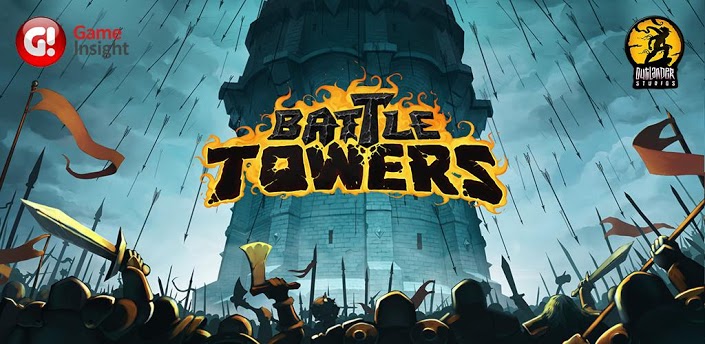

In the aftermath of the battle, dead American soldiers were dragged through the streets by Somalis, which was shown on American television-to public outcry. The battle shifted American foreign policy and led to an eventual pullout of the U.N. There were between 315 and 2,000 Somali casualties. In the morning, a UNOSOM II armored convoy fought their way to the helicopters, incurring further casualties but eventually rescuing the survivors.Ĭasualties included 18 dead American soldiers and 73 wounded, with Malaysian forces suffering one death and seven wounded, and Pakistani forces suffering one death and two injuries. A desperate defense of the downed helicopters began and fighting lasted through the night to defend the survivors of the crashes. As the operation was ongoing, Somali forces shot down two American Sikorsky UH-60 Black Hawk helicopters using RPG-7s. While the goal of the operation was achieved, it was a pyrrhic victory and spiraled into the deadly Battle of Mogadishu. The raid was only intended to last an hour, but morphed into an overnight standoff and rescue operation extending into the daylight hours of the next day.

On October 3, 1993, US forces planned to seize two of Aidids high-ranking lieutenants during a meeting deep in the city.

This would lead Aidid and the SNA to deliberately target and kill American personnel for the first time on August 8, 1993, which would in turn lead President Clinton to dispatch the Task Force Ranger to capture Aidid. As part of the campaign to capture Aidid, US forces in Mogadishu would launch the Abdi House raid, on July 12, 1993, resulting in the death of scores of elders and clansmen of Aidids clan, the Habr Gidr. intervention up until the Battle of Mogadishu. Aidid would be directly blamed for the incident and a hunt for him would begin that would characterize much of the U.N. would suffer the worst loss of its peacekeepers in decades when the Pakistani contingent was attacked while inspecting Aidid's weapons storage sites. The United Nations had initially become involved to provide food aid to alleviate starvation, but eventually shifted their mission to establishing democracy and restoring a government. The battle was part of the broader Somali Civil War. It was fought on 3–4 October 1993, in Mogadishu, Somalia, between forces of the United States-supported by UNOSOM II-and Somali militiamen loyal to Mohamed Farrah Aidid. The Battle of Mogadishu ( Somali: Maalintii Rangers, lit.'Day of the Rangers'), also known as the Black Hawk Down incident, was part of Operation Gothic Serpent.


 0 kommentar(er)
0 kommentar(er)
